#Toyama Prefecture
Explore tagged Tumblr posts
Video
Toyama 2013 por ubic from tokyo Por Flickr: 富山市 Toyama City SONY RX1
14 notes
·
View notes
Photo

The Ainokura Village in Gokayama, Toyama Prefecture-Japan.
#Ainokura Village#Gassho-zukuri#Gokayama#Japan#Toyama Prefecture#World Heritage#travel#五箇山#合掌造り#富山県#相倉合掌造り集落
35 notes
·
View notes
Text
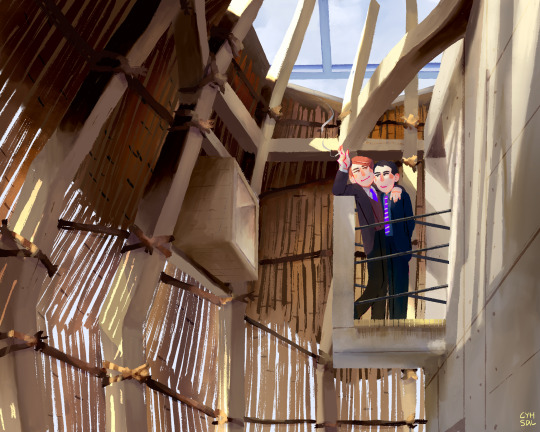

In the House of Time ⏳
Benson and Forsyth in Japan — an incredible time for their output.
I compiled some info about this building across my IG and Twitter (see here and here). If you’re interested, check these out!
Instagram // Twitter // Threads // Bluesky // VK // ArtStation // Mastodon
#artists on tumblr#illustration#architecture#digital illustration#architecture illustration#digital art#dark academia aesthetic#dark academia#procreate#benson and forsyth#oshima#toyama prefecture#japanese architecture#cyhsal
4 notes
·
View notes
Text
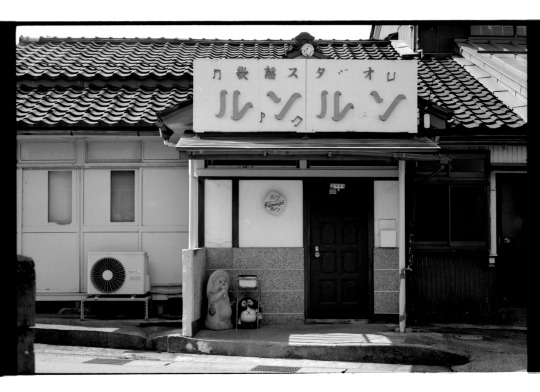
#japan#35mm#film#うえろくカメラ#フィルム#filmphoto#filmcamera#35mmfilm#filmphotographic#ishootfilm#monotone#leica#leicam6#elmar50#street snap#streetphotography#toyama prefecture
7 notes
·
View notes
Photo
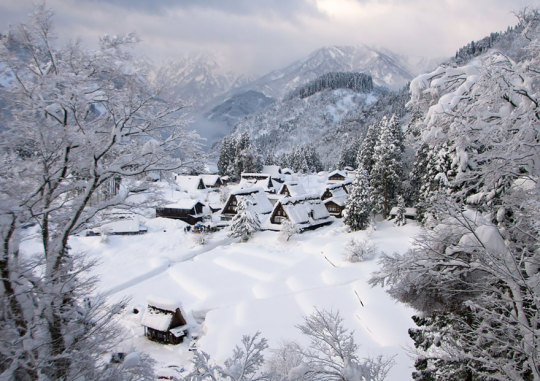
Historic Village of Gokayama, Toyama Prefecture, Japan
After China, Japan has more UNESCO World Heritage sites than any other country in East Asia. The country has nineteen in total and the historic village of Gokayama is one of them. The site comprises both Gokayama village and Shirakawa-gō village, and it’s located in the Shogawa river valley. The villages are famous for their traditional “Gassho-zukuri” style of houses, which means “constructed like hands in prayer.” Some of them are more than 250 years old.
18 notes
·
View notes
Photo

The Snow Woman by rina_k_photo
15 notes
·
View notes
Photo

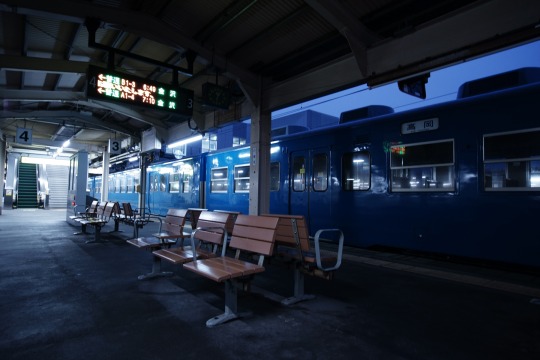
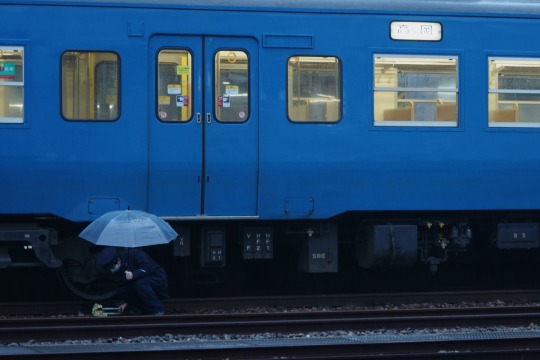
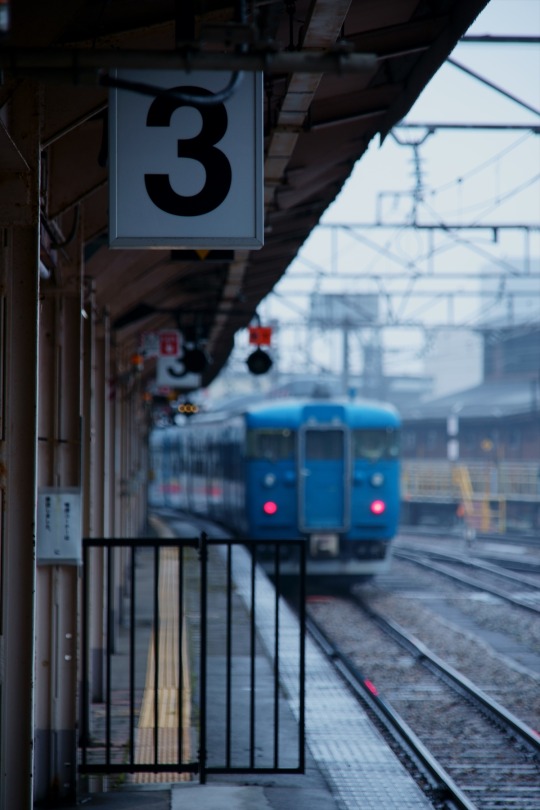
No.419 再編 越中四景 静かな雨-413系高岡留置
19 notes
·
View notes
Photo



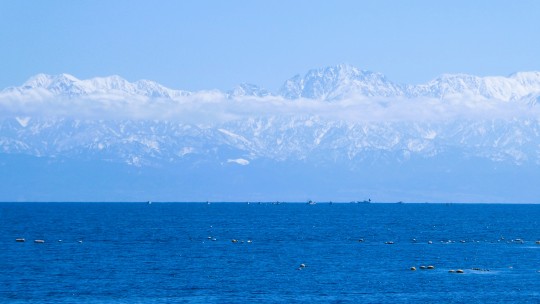
Tateyama mountain range across Toyama Bay from Nanao City
13 notes
·
View notes
Text
Boiled firefly squid (cooking)

A small squid that is a specialty of Toyama Prefecture on the Sea of Japan side, it is famous for its luminescence. (firefly squid). Delicious in winter. We can't eat it raw because it has parasites. There is also a way to eat it by pickling it in seasonings called 'Okizuke', but it is common to boil it and eat it. It is delicious when eaten with ginger soy sauce.
茹でホタルイカ(料理)
日本海側・富山県特産の小型のイカで、発光するので有名。(ホタル・イカ)。冬が旬で美味しい。ただ寄生虫がいるので、生では食べない。「沖漬け」と言って、調味料に漬けて食べるという手もあるが、茹でて食べるのが一般的である。生姜醤油で食べると美味しい。
(2023.02.08)
5 notes
·
View notes
Text
How to enjoy the rainy season, UNESCO World Heritage Site, Gokayama Ainokura Village!
How to enjoy the rainy season, UNESCO World Heritage Site, Gokayama Ainokura Village! Hi I’m Nobu, I like traveling overseas and in Japan, visited 25 countries! I’m a National Government Licensed Guide Interpreter of English for 9 years. For the people who are interested in and planning trip to Japan ,I show you hidden local information which you have never seen and heard of through books and…

View On WordPress
1 note
·
View note
Note
I just learned that the JP name of tide goes out is スミソアエの夜. Is there a pun here that I'm missing? why is it Vinagared Miso??? Very confused about it since トキメキ☆ボムラッシュ is pretty direct.
(スミソアエの夜=Night Dressed with Vinegared Miso) I think its a reference to the firefly squids of Toyama bay.

Marie's JP name is Hotaru, in reference to hotaru ika, or firefly squid. on spring nights in Toyama bay, millions of firefly squids come up from the depths to breed, and people start dropping nets for some squid dinnar 🔥🔥🔥🔥

freshly caught firefly squid with a sauce of vinegared miso is a local specialty of Toyama. So catching firefly (hotaru) squids at night and putting vinegared miso sauce on them = スミソアエの夜 ! As for the english name, my best guess is that it has to do how with how the squid get very close to shore, and get washed up when....the tide goes out. It works considering the specific vinegared miso reference isnt well known outside of japan.


#asks#splatoon#marie splatoon#marie#splatoon lore#maybe more like real world lore.#i only know this because i had a project in jp class this semester where i had to research a random prefecture and i ended up with toyama#and then i heard about the firefly squid and i was like OHHHHHH THATS WHY THE SONG-
257 notes
·
View notes
Photo
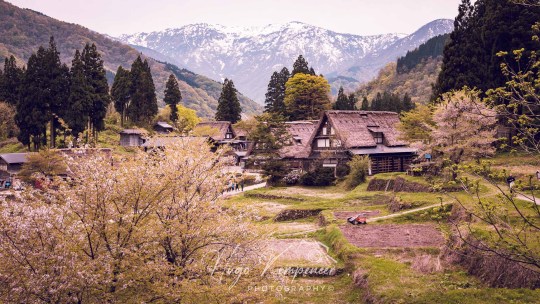
The Ainokura Village in Gokayama, Toyama Prefecture-Japan.
#Ainokura Village#Gassho-zukuri#Gokayama#Japan#Toyama Prefecture#World Heritage#travel#五箇山#合掌造り#富山県#相倉合掌造り集落
16 notes
·
View notes
Text

Special Artistic Poster ''Couples'' Detective Conan!
#Special Artistic Poster ''Couples'' Detective Conan!#Detective Conan#Detective Conan Anime#Kaito Kid “The Phantom Thief”#The Phantom Thief “Gentleman”#Kaito Kuroba#The Gentleman Thief Student#Kaito Kuroba “The Gentleman Thief Student”#The Competing Thief to Lupin III in the Legacy of Grandfather Arsène Lupin#Aoko Nakamori#Aoko Nakamori Daughter of Inspector Nakamori#Ran Mori#Shinichi Kudo#The Detective Student Shinichi Kudo#Sherlock Holmes' Heir#Modern-day Sherlock Holmes#Heiji Hattori#Heiji Hattori The “Other” Modern-day Sherlock Holmes#The Contestant in the Sherlock Holmes Legacy with Shinichi Kudo#Kazuha Toyama#The Great Detective of the West#The Great Detective of the West “Osaka”#The Detective Student of Osaka#Heiji Hattori “The Detective Student of Osaka”#Heiji Hattori “The Great Detective of the West#Shinichi Kudo “The Sherlock Holmes of Tokyo”#Shinichi Kudo “The Great Detective of the East”#Heiji Hattori The Son of Heizo Hattori “Osaka Prefecture Police Chief”#Sonoko Suzuki “Second daughter of the Powerful Suzuki Family of Japan”#Makoto Kyogoku “The Student Karate Captain and boyfriend of Sonoko Suzuki”
77 notes
·
View notes
Text
富山県
Japanese Prefectures: Chūbu - Toyama
都道府県 (とどうふけん) - Prefectures of Japan
Learning the kanji and a little bit about each of Japan’s 47 prefectures!
Kanji・漢字
富 と(む)、とみ、フ、フウ wealth, enrich, abundant
山 やま、サン、セン mountain
県 ケン prefecture
中部 ちゅうぶ Chūbu, Central Japan, the central region of Japan
Prefectural Capital (県庁所在地) : Toyama (富山市)

Toyama Prefecture is a part of the central region of Japan, also known as Hokuriku (北陸). Takaoka city is the birthplace of Fujiko F. Fujio, the creator of Doraemon, with many Doraemon-themed delights for visitors. Toyama lies along the Sea of Japan and includes part of the spectacular Northern Japan Alps. Gourmet seafood, idyllic scenery, cultural attractions, and a slower pace are all easily accessible by shinkansen from Tokyo, Kyoto, and Osaka. Toyama is an important rice-producing area, as well as sourcing hydroelectric power and minerals from the nearby mountains that serve as a basis for chemical, textile, machinery, pulp and paper, and steel industries. The capital city of Toyama and Takaoka have long been the chief center for the production of patent medicine and drugs.
Recommended Tourist Spot・おすすめ観光スポット Gokayama Ainokura Village - 相倉合掌造り集落

Gokayama Ainokura Village (source)
The Gokayama region is an area within the city of Nanto in Toyama Prefecture. It is on the UNESCO World Heritage List due to its traditional gassho-zukuri houses (similar to Shirakawa-go in Gifu). The region is secluded within the mountains in the upper reaches of the Shogawa River, thus preserving this unique traditional architectural style. Gokayama's lifestyle and culture remained very traditional for many years after the modernization of the majority of the country, and many of the houses here are over 300 years old.
Ainokura is the largest of these villages, with nearly 20 gassho-zukuri farmhouses. Many are still private residences, although some have been converted into restaurants, museums, and minshuku, where you can stay overnight at a farm house. With less development and more difficulty to reach this secluded village, there is less tourist traffic than some of the other villages. There are visiting hours attached to the village to avoid disturbing the residents (8:30-17:00), thus helping to preserve the quiet life in this village.
Folk dances, music utilizing unique, traditional instruments, and special washi paper techniques characterize this area. You can listen to the sasara, an instrument made of over a hundred wooden clappers strung together, which is symbolic of the region and a popular souvenir. There are also washi paper workshops where you can try your hand at making washi paper.
Regional Cuisine - 郷土料理 Kombujime - 昆布締め
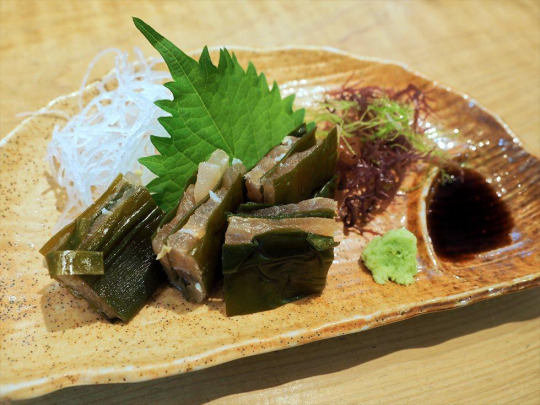
Kombujime (source)
Kombujime (also kobujime) is a local Toyama dish made by sandwiching light-tasting foods such as whitefish (most commonly marlin) and wild vegetables between sheets of kelp (or kombu). Other popular fillings include other whitefish, shrimp, tofu, and beef. The prefecture boasts the highest kelp consumption, and thus kombu is also widely available at supermarkets.
The technique used to make kombujime (which means "kombu curing") enhances the taste of the sashimi through aging the fish between two sheets of kombu. This technique softens the fish texture and the glutamates from the kelp transfer over to the fish, accentuating its flavor.
Toyama Dialect・Toyama-ben・富山弁
Toyama-ben is also called Etchu-ben (越中弁), and consists of West (Gosei, 呉西), East (Gotō, 呉東), and Gokayama (五箇山) dialects. The dialect is a combination of sounds and features close to Kansai and Tohoku dialects, but still quite different from the other dialects in the Hokuriku area.
うい ui
Standard Japanese: いっぱい 、満足、胸やお腹が苦しい (ippai, mune ya onaka ga kurushii) English: I'm stuffed; my chest or stomach feels tight
食べ過ぎて、はらういわ。 tabesugite, hara ui wa
食べ過ぎて、はらいっぱい。 tabesugite, hara ippai
I ate too much, I'm stuffed.
2. きどくな kidokuna
Standard Japanese: ありがとう (arigatou) English: thank you
あら、きどくな。 ara, kidokuna
あら、ありがとう。 ara, arigatou
Oh my, thank you.
3. じゃまない (jyamanai)
Standard Japanese: 大丈夫、問題ない (daijyoubu, mondai nai) English: I'm OK, no problem
A: 体調、いかがですか? B: じゃまない、じゃまない! A: taichou, ikaga desu ka? B: jamanai, jamanai!
A: 体調、いかがですか? B: 大丈夫、大丈夫! A: taichou, ikaga desu ka? B: daijyoubu, daijyoubu
A: How are you feeling? B: I'm doing well!
4. こわい (kowai)
Standard Japanese: かたい (katai) English: firm, tough
このご飯、こわいわ。 kono gohan, kowai wa.
このご飯、かたいなあ。 kono gohan, katai naa.
This rice is really hard.
5. つかえん (tsukaen) (also, なん nan、つけん tsuken)
Standard Japanese: かまわない、問題ない (kamawanai, mondai nai) English: it's fine, it's no problem
A: もう少し、待っていただけますか? B: つかえんちゃ! A: mou sukoshi, matte itadakemasu ka? B: tsukaen cha!
A: もう少し、待っていただけますか? B: 問題ない! A: mou sukoshi, matte itadakemasu ka? B: mondai nai!
A: Can you please wait a little longer? B: No problem!
More Toyama dialect here (JP with EN).
#japanese prefectures#日本語#japanese#japanese language#japanese langblr#langblr#studyblr#都道府県#富山県#toyama
33 notes
·
View notes
Text



Unazuki Dam, Toyama Prefecture
1K notes
·
View notes
Text
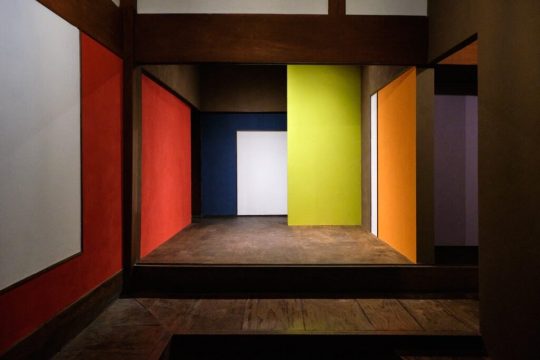
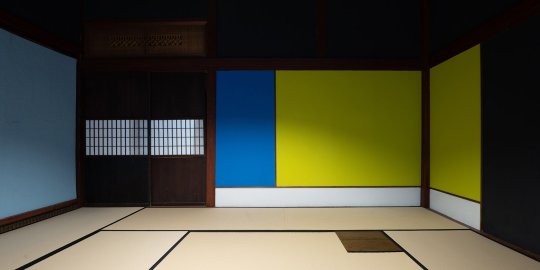

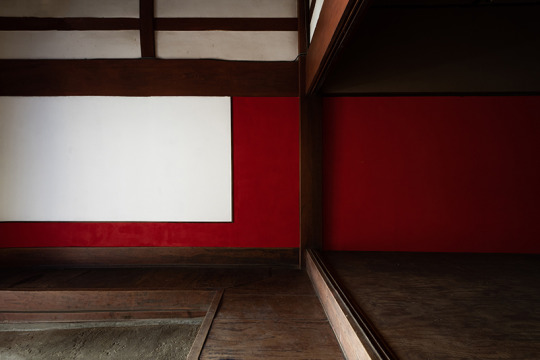
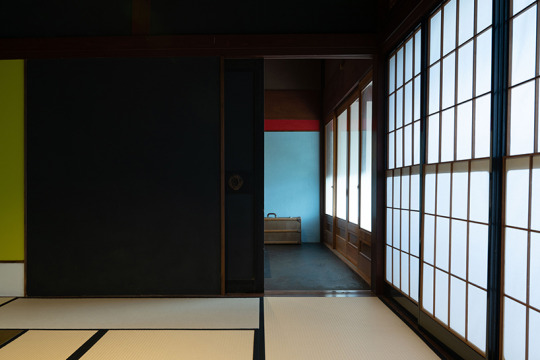
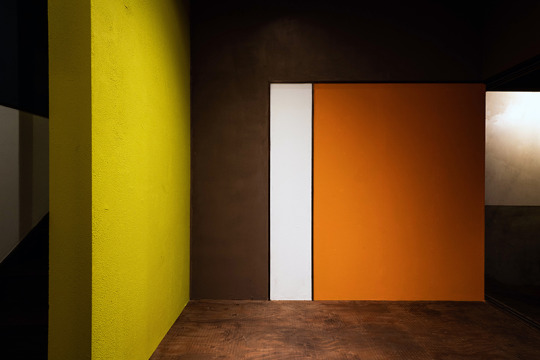

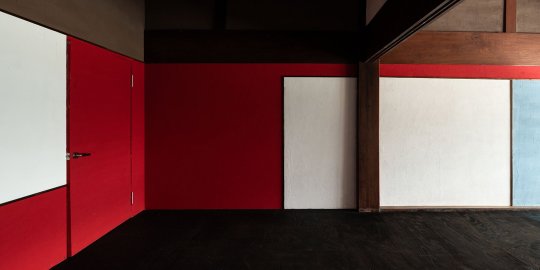

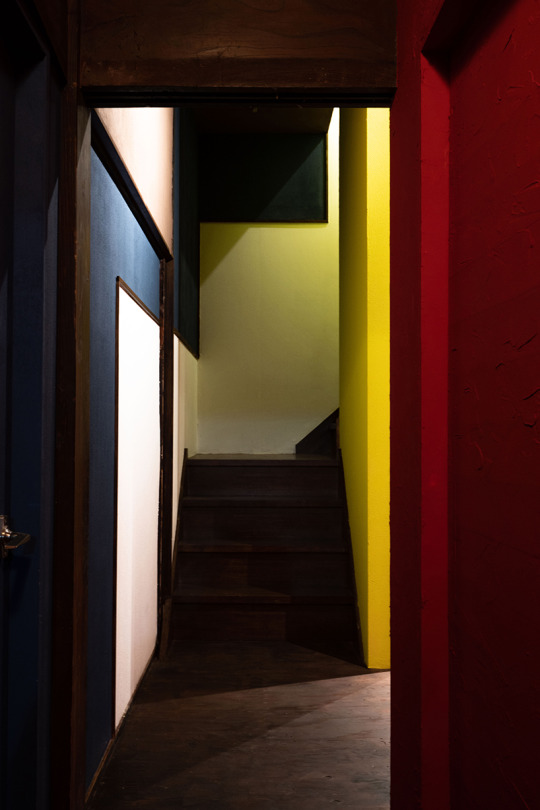
(An)-Graph, Yatsuo, Nei District, Toyama Prefecture, Japan,
Hajime Yoshida Architecture,
photography: Yusuke Takano
#art#design#architecture#minimal#interior design#interiors#studio#japan#mondrian#colors#an-graph#yatsuo#toyama#hajime yashida#yusuke takano#photographer#renovation#restauration
485 notes
·
View notes
